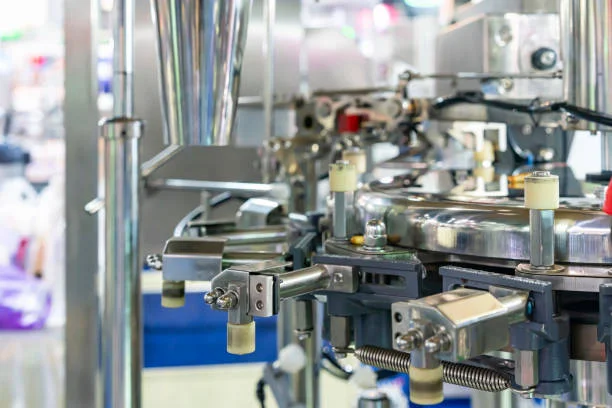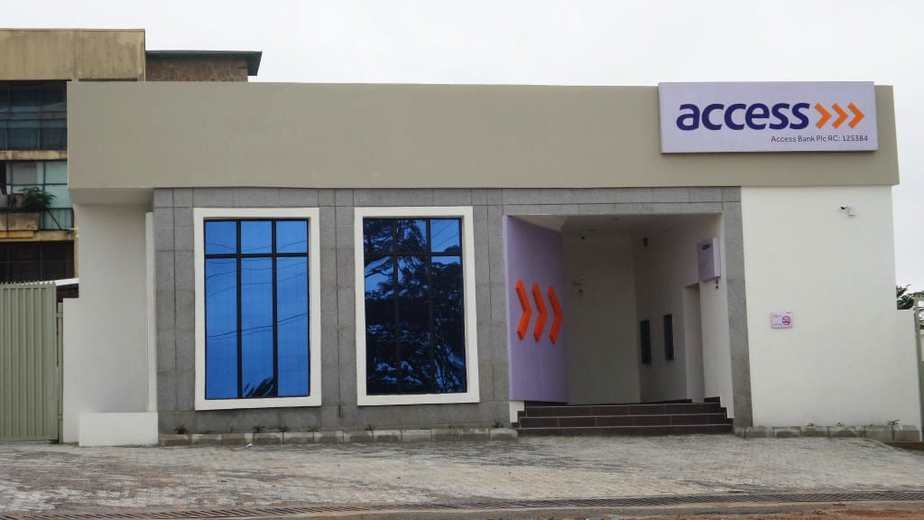For pharmaceutical and food industry businesses, getting the correct powder packaging machinery is crucial. These fields require precise handling and high standards of cleanliness and efficiency – obtaining the right equipment is a vital step towards streamlining processes. With regards to production quality and profitability, a food packaging machine can make a remarkable difference from product safety, extending shelf life, and aiding in regulatory compliance. This guide offers detailed steps needed to make the right choices when purchasing powdered product packaging machinery.
Understanding Packaging Needs Unique to the Industry
The pharmaceutical and food sectors are driven by regulatory frameworks, product integrity, and market expectations, leading to very distinct packaging requirements. In the food sector, powders such as flour, spices, protein mixes, and baking powder must be packaged to avoid contamination, maintain freshness, and prolong shelf life. Likewise, pharmaceutical powders, which include medications and dietary supplements in powdered form, must be packaged with meticulous attention to dosage precision, moisture content, and sterility.
The powder packaging machinery for these industries must provide exacting standards of hygiene and clean filling mechanisms, integration with clean-in-place (CIP) systems or HEPA filters, and must ensure precision. Additionally, they must provide a variety of packaging types such as sachets, stick packs, bottles, and jars depending on the customer’s requirements. In addition to this, the packaging often has to include features like tamper-evident seals, desiccants or modified atmosphere packaging (MAP) which ensures the stability of the product.
Adherence to the Food and Drug Administration (FDA) regulations such as the Food Safety Modernization Act (FSMA) for food as well as cGMP (current Good Manufacturing Practices) for pharmaceutical products is important too. These also include using food-grade materials, usually made of stainless steel, easy cleaning to reduce contamination risks, no tools needed for changeovers, and any other actions that increase downtime. When looking for food packaging machines, verify whether the machine will satisfy your future compliance needs in addition to the current ones.
The Different Types of Powder Packaging Machinery and Their Uses
In the food and pharmaceutical industries, there are some different types of powder packaging machinery. VFFS or Vertical Form Fill Seal machines are a popular choice because of their speed and flexibility. These machines make pouches, fill them with powder, and seal them in a vertical flow. This pouch filling system works great with bulk food products like flour and coffee powder. Another major equipment type are auger fillers also known as screw fillers that are specialized to handle fine powders. Auger fillers use rotating augers to measure and dispense specific quantities to containers.
Pharmaceutical use necessitates the highest precision in dosing. Products like these require servo motor auger filling systems which allow ultra-accurate fills and micro-dosing customization. Most sachet machines and capsule fillers fit under this category, with the former producing small pouches for individual items and the latter filling capsules with powdered medication.
To efficiently scale operations while maintaining quality, a business must focus on choosing the right powder packaging machinery, which incorporates diverse functions such as serving as a food packaging machine. Every business chooses something that aligns with its production and packaging formats, this choice is driven by the product attributes like the powder’s flow characteristics, density, volume, and particle size.
Buying powder packaging machinery forces a buyer to consider the following features:
What’s most important is the precision of the machine’s dosing. Precision of the machine in all aspects will determine machine performance, dependability, and versatility. Servo-controlled auger filling systems and programmable volume adjustments reduce excessive giveaway. Moreover, loss of fill weight can be mitigated with the use of highly accurate load cells and checkweighers.
Another area buyers have to juggle is to ease the frequency of cleaning and maintenance required. Machines with quick-release components, minimal dust zones, and open frames improve clean time as well as custodial efficacy. In food and pharmaceutical settings, machines must be designed without tools for disassembly as well as IP-rated for washdown environments.
Automation and integration features are critical, too. Today’s machines come equipped with touch screen HMIs, recipe memory, and IoT provision for remote monitoring and diagnostic services. They ought to interface seamlessly with both upstream and downstream equipment such as mixers, conveyors, capping, and labeling machines. Acquiring such equipment not only enhances efficiency, but also enables compliance and proper traceability with regulatory in-record retention requirements.
In addition, the ability to easily change the type of packages placed on the production line adds flexibility and improves efficiency in operational capabilities. Businesses need to find such equipment that can easily shift between different size and format of packages, and materials, be it paper, plastic or foil. This flexibility is invaluable for businesses that need to produce seasonal or short-run items because it minimizes changeover time and maximizes efficiency.
ZTE’s Approach to Equipment Purchase Policies: Cost, ROI, and Innovation Policies
A significant part of the buying process is upfront pricing which overshadows the total cost of ownership (TCO) evaluating long term value. One crucial aspect is the initial investment as maintenance costs, downtime frequency, parts replacement, operator training, and energy usage should also be considered. While a higher quality machine will be more expensive initially, its robust components can guarantee lower operating costs, prolong service life, and provide a better ROI.
Predictive maintenance alerts paired with energy-efficient motors, self-cleaning, and auto-calibration features can lower machine operating expenses by reducing labor input and increasing machine lifecycle. IoT connected equipment gives analytics on performance metrics, tracking of downtimes which allow operators to resolve problems ahead of time. These advancements are especially important in some regulated environments where equipment uptime and quality consistency must be maintained at a standard.
Moreover, businesses need to assess how flexible the machinery they opted for will be in responding to market changes. For instance, machines must be able to handle biodegradable films or recyclable materials for eco-friendly packaging without affecting the seal quality or throughput. Also, compliance with FSMA or 21 CFR Part 11 may require electronic batch record, logbook entry logs that are protected from alterations, and audit logs. Such requirements are easily addressed by having digital infrastructure integrated into the machine.
Along with these trends, investing in such machines now covers the need for future adjustment or scaling. As production increases, the packaging equipment needs to be easily scalable through modules or integration with newer technologies—at the very least. This kind of investment ensures sustained agility, competitiveness, and compliance with evolving societal rules and consumer laws using advanced food packaging machinery.
Conclusion
The purchase of appropriate powder packaging machinery is a strategic move for leaders in the pharmaceutical and food industries. From compliance and regulatory issues to choosing the powder filling machine operational efficiency, the effects of proper equipment selection resonate throughout the entire supply chain. Whether you are filling protein powders or pharmaceutical compounds, the right powder filling machine will enhance accuracy, hygiene, and throughput. Knowing the various types of machines, their key features, and the cost dynamics over the machine’s life helps businesses make choices that ensure success today and resilience in the future.
Article updated 4 days ago ago. Content is written and modified by multiple authors.











